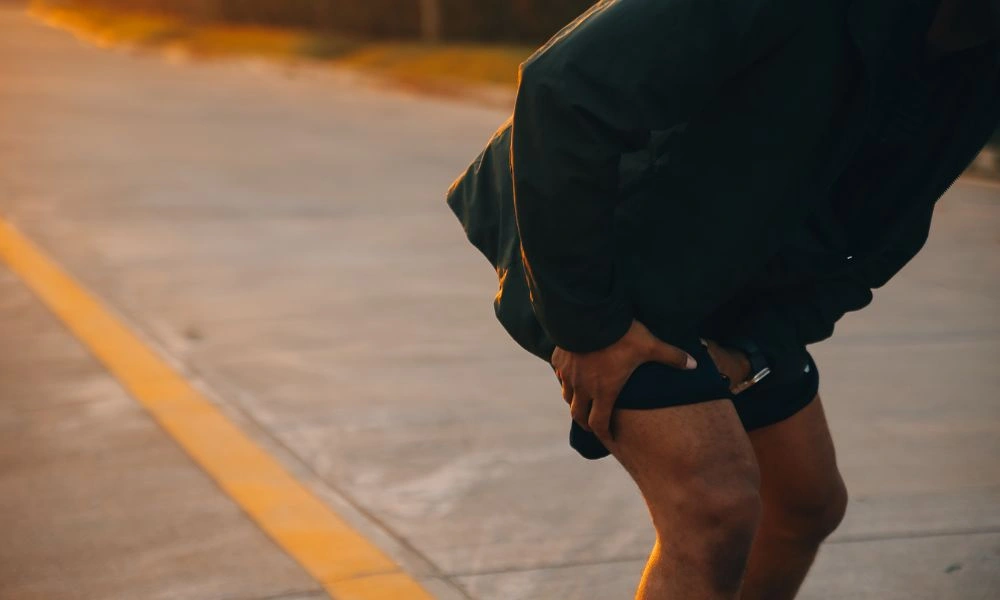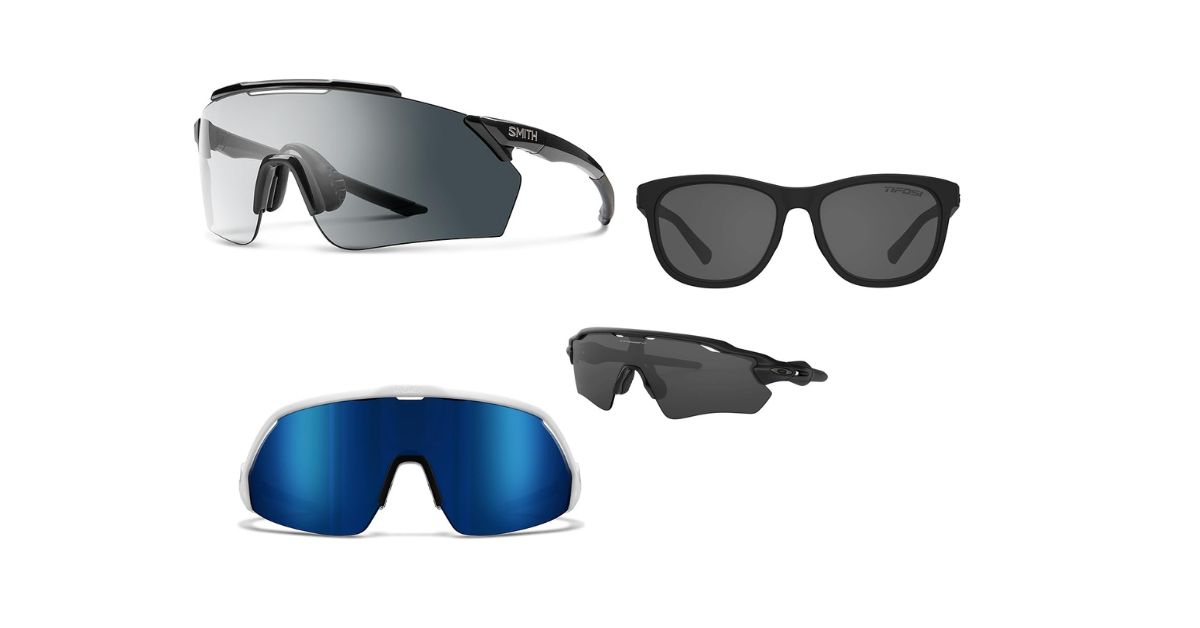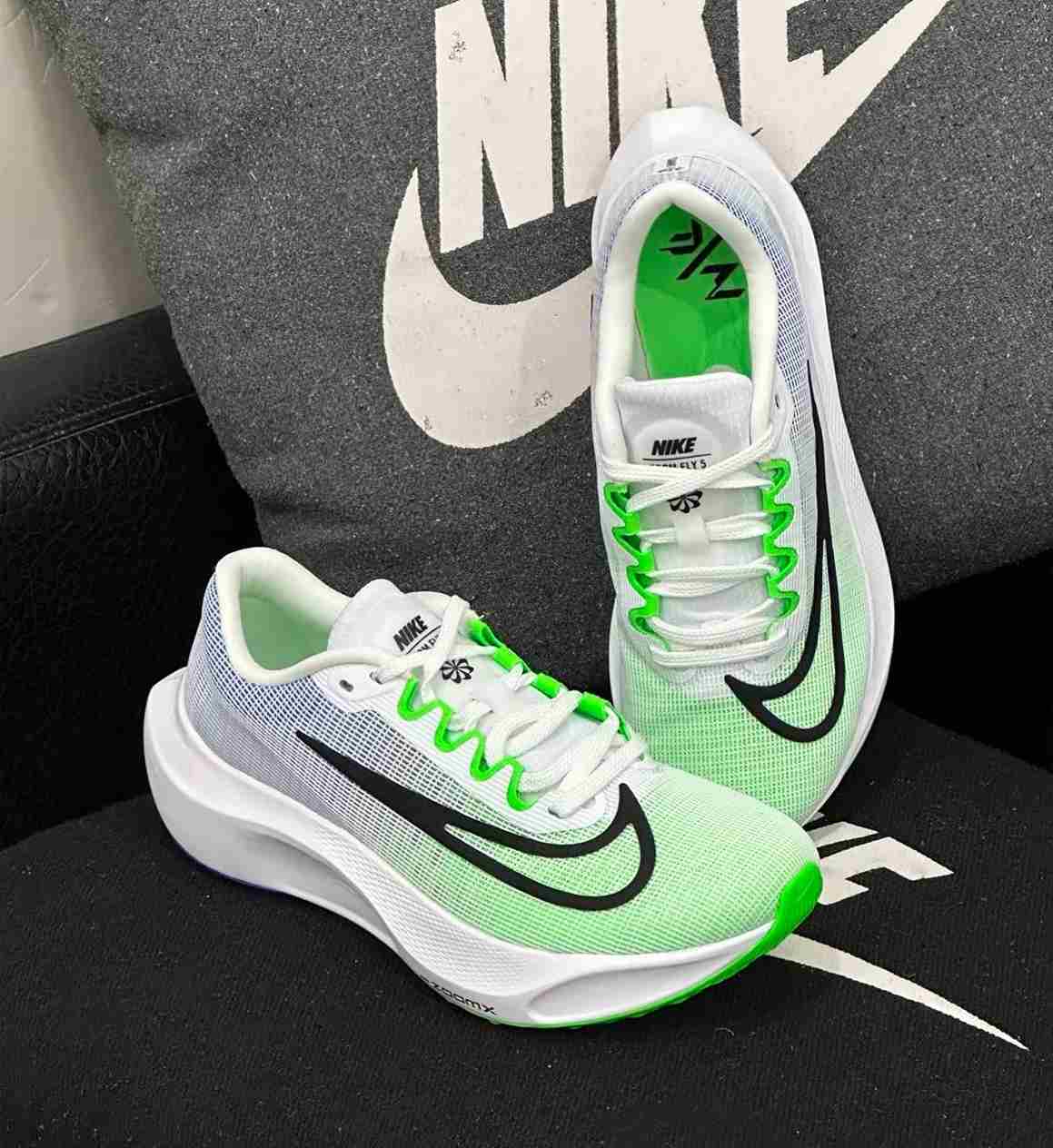Is there any sport easier to get into than running? Running is as fundamental for us as walking is. But who hasn’t felt pain while running or after a workout, whether you’re just starting or doing it for a while?
Running, a sport many of us enjoy, can lead to a variety of injuries. Statistics show that these injuries are quite common, especially among recreational runners. More than half, or even up to three-quarters, of these runners experience an injury at least once a year.
While some of these injuries may seem minor and heal on their own, it’s crucial to recognize that others can be quite serious, potentially even halting your running routine altogether.
Runners often face injuries like:
- Sprains or tears in ligaments and muscles.
- Achilles tendon injuries.
- Plantar fascia inflammation.
- Shin splints (pain on the front and inside part of the leg).
- Iliotibial band syndrome.
- Inflammation of the patellar tendon.
- Runner’s knee.
Besides these, runners also deal with less severe but still bothersome issues like blisters under the toenails, muscle soreness, and skin abrasions that can make training uncomfortable.

1. Self-diagnosis of Running-Related Pain
If you feel pain while running, take a moment to analyze it. Figure out exactly where it hurts, if the pain spreads anywhere else if it gets worse with specific movements, and if it goes away at any point.
Feeling some muscle soreness after taking an extended break from training. This discomfort usually fades away after a couple of days.
The same goes for feeling sore after intense workouts that combine running with strength exercises. Sometimes, during or after a long run, you might feel pain around a joint or tendon, like your Achilles or patellar tendon.
Usually, this pain goes away fairly quickly, which means you push yourself a bit too hard. It’s a sign to ease up and gradually increase your running intensity. But if you’re feeling constant or recurring pain, it’s best to seek advice from a doctor.
2. Diagnosing Running Injuries
When runners experience pain, they often try to figure out what’s wrong, just like anyone else would. They might search online or ask other runners for advice.
Only when the pain becomes too much to handle and starts affecting their running do they consider seeking help from professionals. However, relying solely on self-diagnosis through the internet or advice from friends isn’t always reliable.
This approach might not accurately identify the root cause of the pain and may not lead to effective recovery.
3. Self-Care Strategies
However, there are standard rules that should be followed when pain occurs. They can be described in one English word – RICE.
RICE stands for:
- Rest
- Ice
- Compression
- Elevation
These four steps are essential when managing an injury. First, give yourself time to rest, which could be anywhere from a few days to several months, depending on the severity of the injury.
Then, to reduce swelling, apply ice to the injured area, wrap it snugly with a bandage for compression, and elevate the affected limb.
4. What’s Next After Diagnosis
If you find yourself limping, it is better to stop running. Limping puts extra strain on other parts of your body, which could lead to further damage and increase your risk of getting more injuries.
You can use an elastic bandage or brace to support and stabilize the joint to ease the pain. However, if these measures don’t provide relief and the pain persists even when walking or resting, it’s crucial to seek help from a specialist who understands sports injuries.
They can give the proper guidance and treatment to get you back on track safely.
5. The Right Time to Return to Running
Once you’re feeling better and fully recovered from an injury, you often desire to continue training at the same level of intensity.
However, experts suggest taking it slow. Instead of returning to your usual intensity level right away, it’s better to increase the intensity and duration of your workouts gradually.
This approach prevents reinjury, which can often be more severe. The crucial part of the recovery process is addressing the underlying causes of the injury.
Understand what actions or habits led to the injury in the first place so that you can make necessary adjustments to avoid it happening again.
6. How to Prevent Injuries
Injuries are common in active sports like running, so runners must focus on preventing them from happening again.
Doctors often advise runners to stop running to prevent further injury, leaving runners to find their way. This usually involves developing various strategies to protect against injuries.
While having strong muscles and ligaments is crucial, don’t overlook the importance of proper running technique. Runners often get injured because of their imperfect technique, as their muscles may need strength to handle the stress.
Therefore, it’s clear that improving technique and building muscle strength. Building muscle strength takes time, from a few months to several years, and doing just what is necessary is important. Gradually increasing the intensity of strength training is essential to avoid causing harm.
Improving running technique is a longer and more challenging process but is highly effective in preventing injuries.
While muscle training exercises are widely available and accessible, improving technique requires expert knowledge and guidance. Beginners seek help from specialists who can objectively assess their technique and suggest improvements.
Developing proper techniques usually involves specific exercises designed to create a consistent and efficient running style. Choose the right running shoes for injury prevention. Shoes should match the foot’s anatomy and biomechanics during running.
When selecting shoes, it’s vital to ensure they provide a comfortable fit and support, and it’s helpful to try them out in motion, such as on a treadmill.
However, it’s worth noting that even carefully chosen shoes can sometimes lead to injuries, especially for runners with different foot pronations or those using orthopedic shoes.
7. Various Pains During Runs
Beginners usually experience a familiar feeling of pain on either the right or left side. This discomfort arises because the body isn’t accustomed to the new demands of running.
However, this pain usually subsides as the body adjusts to the activity and builds endurance. If you feel pressing chest pain that stops when you stop running, you must see a doctor promptly. These symptoms could be a sign of heart disease and shouldn’t be ignored.
Similarly, experiencing a headache, sudden weakness, or dizziness during training is also a serious concern that warrants medical attention. These symptoms may indicate underlying health issues that need to be addressed by a specialist.
8. Minor Annoyances When Running
Apart from serious injuries or pain, runners often face minor discomforts that, while not harmful to health, can be pretty bothersome.
Scuffed feet
Running, a high-intensity sport, can lead to abrasions on the toes, feet, and heels. The longer the run, the greater the chance of skin irritation due to sweating and dirt buildup, resulting in abrasions.
Continued friction on an area of skin can lead to the formation of blisters, causing temporary pain that can hinder running. Once the blister bursts, the pain subsides, and the skin heals.
Although the affected area may be sensitive to water for a while, this discomfort typically fades with time as the skin adapts to the stress. Keep feet and socks clean and dry before running to minimize such issues. Some runners use lubricants or medical tape to reduce friction.
Subungual blisters and hematomas
Incorrectly fitting sports shoes or running downhill can cause subungual blisters and hematomas, where the nail bed is affected due to pressure or impact.
Small blisters typically heal quickly, but significant nail detachment may require professional attention to remove the nail plate. While some runners attempt self-treatment, it’s advisable to consult a doctor for painless and efficient removal. The nail bed will naturally regenerate new, healthy nails over time.
Skin abrasions
Moisture in clothing during running can lead to skin abrasions, commonly occurring in areas subject to friction, such as the armpits, inner thighs, groin, perineal area, and nipples (primarily in men).
Runners use specialized lubricants or medical patches to reduce friction and discomfort. Choosing running gear made of moisture-wicking fabrics prevents skin abrasions and enhances running comfort.




